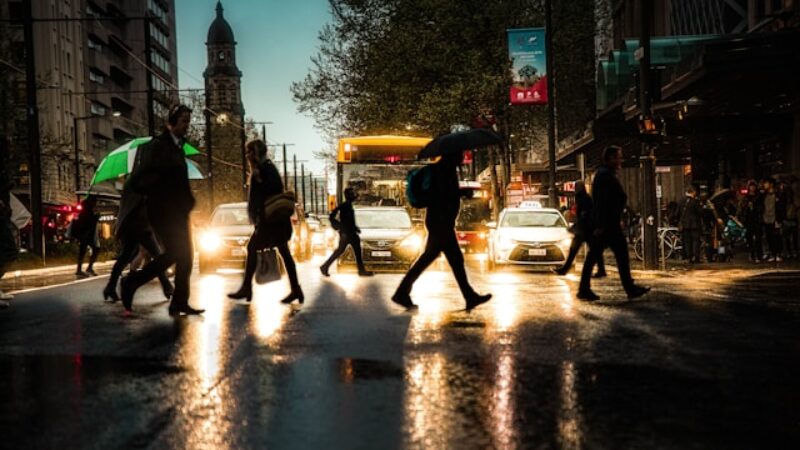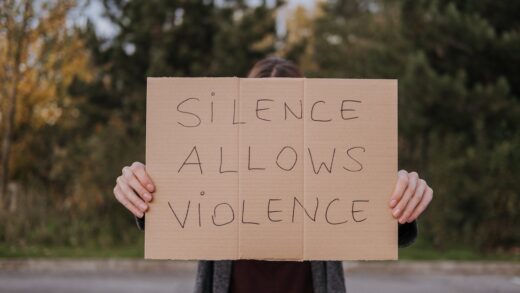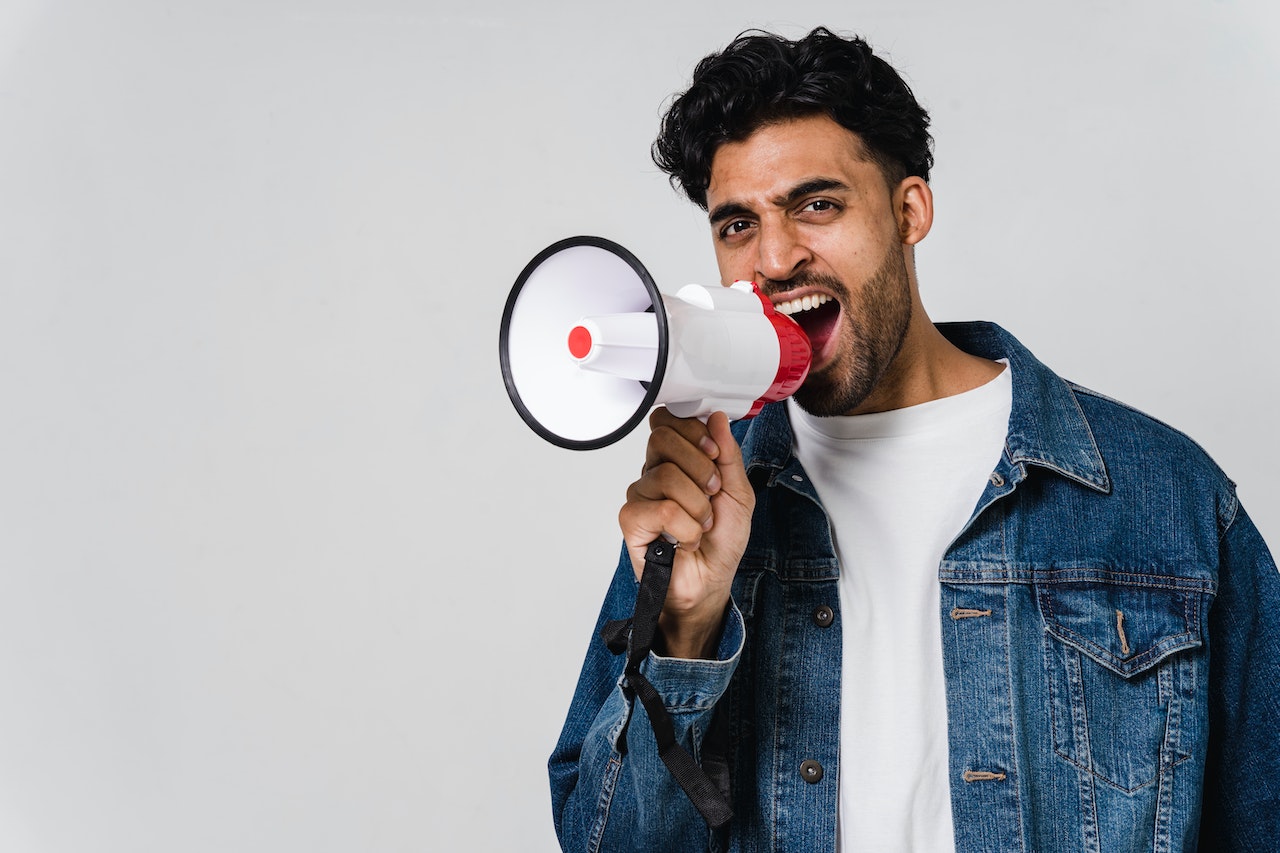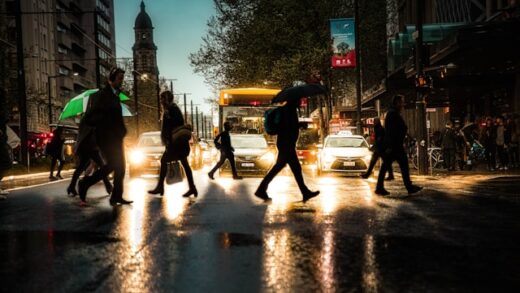Empowering Marginalized Communities Through Legal Advocacy: Case Studies and Best Practices

Introduction
Marginalized communities often face systemic barriers that impede their access to justice and equality. Legal advocacy serves as a powerful tool to dismantle these barriers, ensuring that vulnerable populations can assert their rights and improve their socio-economic conditions. This article explores various case studies and best practices in legal advocacy that have successfully empowered marginalized communities.
Case Study: The Impact of Legal Advocacy on Indigenous Land Rights
One notable example of legal advocacy is the fight for indigenous land rights. Indigenous communities worldwide have long struggled to protect their ancestral lands from encroachment and exploitation. Legal advocacy has played a crucial role in securing land rights for these communities.
In Brazil, for instance, the indigenous Xingu peoples have used legal channels to protect their territories from deforestation and illegal mining. “Legal advocacy has been instrumental in safeguarding our land and culture,” states Chief Raoni Metuktire, a prominent leader of the Xingu. By leveraging national and international legal frameworks, the Xingu have successfully halted several projects that threatened their environment and way of life.
Case Study: Advancing Women’s Rights Through Legal Action
Women’s rights organizations have also utilized legal advocacy to combat gender-based discrimination and violence. In India, the case of Vishakha vs. State of Rajasthan marked a significant victory for women’s rights. This landmark case led to the creation of legal guidelines to prevent sexual harassment in the workplace.
“Legal advocacy was pivotal in transforming workplace policies and ensuring safer environments for women,” notes Kavita Krishnan, a women’s rights activist. The Vishakha guidelines have since been integrated into national legislation, offering women legal recourse against workplace harassment.
Case Study: Legal Advocacy for LGBTQ+ Rights
Legal advocacy has been essential in advancing the rights of LGBTQ+ individuals. In the United States, the case of Obergefell vs. Hodges, which led to the legalization of same-sex marriage nationwide, exemplifies the power of legal action.
“Winning the Obergefell case was a monumental step towards equality for LGBTQ+ people,” says Jim Obergefell, the lead plaintiff. This case set a precedent that has inspired further legal battles for LGBTQ+ rights across the globe.
Best Practices in Legal Advocacy
1. Community Engagement
Effective legal advocacy begins with engaging the community. Advocates must understand the unique challenges faced by marginalized groups to represent their interests accurately. Grassroots organizations often play a crucial role in bridging the gap between legal advocates and the communities they serve.
“Community involvement ensures that advocacy efforts are grounded in the actual needs and experiences of the people,” explains Maria Hernandez, a community organizer.
2. Strategic Litigation
Strategic litigation involves selecting cases that have the potential to set significant legal precedents. This approach not only addresses individual grievances but also brings about broader social change.
“Strategic litigation can transform legal landscapes, creating ripple effects that benefit entire communities,” asserts legal scholar Dr. Rachel Jones.
3. Capacity Building
Building the capacity of marginalized communities to understand and assert their rights is vital. Legal literacy programs and training workshops empower individuals to navigate the legal system and advocate for themselves.
“Empowering people with knowledge about their rights is the first step towards meaningful change,” emphasizes advocate Lisa Green.
4. Collaboration with Other Sectors
Legal advocacy is most effective when it collaborates with other sectors, such as education, healthcare, and social services. This multidisciplinary approach ensures that legal interventions address the root causes of marginalization.
“Cross-sector collaboration enhances the impact of legal advocacy by providing holistic support to marginalized communities,” notes Dr. Sam Patel, a social policy expert.
5. Policy Advocacy
In addition to individual cases, legal advocates must work towards policy changes that institutionalize protections for marginalized groups. This involves lobbying for legislative reforms and engaging in public campaigns to shift societal attitudes.
“Policy advocacy creates sustainable change by embedding protections within the legal framework,” says analyst from best casino online australia.
Challenges and Future Directions
Despite its successes, legal advocacy faces several challenges. Resource constraints, political resistance, and the complexity of legal systems can hinder efforts to achieve justice. Additionally, there is often a significant gap between legal victories and their implementation on the ground.
To address these challenges, legal advocates must continue to innovate and adapt. Embracing technology, such as digital platforms for legal advice and case management, can expand access to legal services. Moreover, fostering international solidarity and learning from global best practices can strengthen advocacy efforts.
Legal advocacy remains a powerful instrument for empowering marginalized communities. By engaging communities, employing strategic litigation, building capacity, collaborating across sectors, and advocating for policy change, legal advocates can drive meaningful social transformation. As the landscape of human rights continues to evolve, the role of legal advocacy will be crucial in ensuring that all individuals can enjoy their fundamental rights and freedoms.
“Empowering marginalized communities through legal advocacy is not just about winning cases; it’s about building a more just and equitable society,” concludes human rights lawyer Michael Thompson. Through persistent and innovative efforts, legal advocates can help dismantle systemic barriers and create lasting change for the betterment of all.









